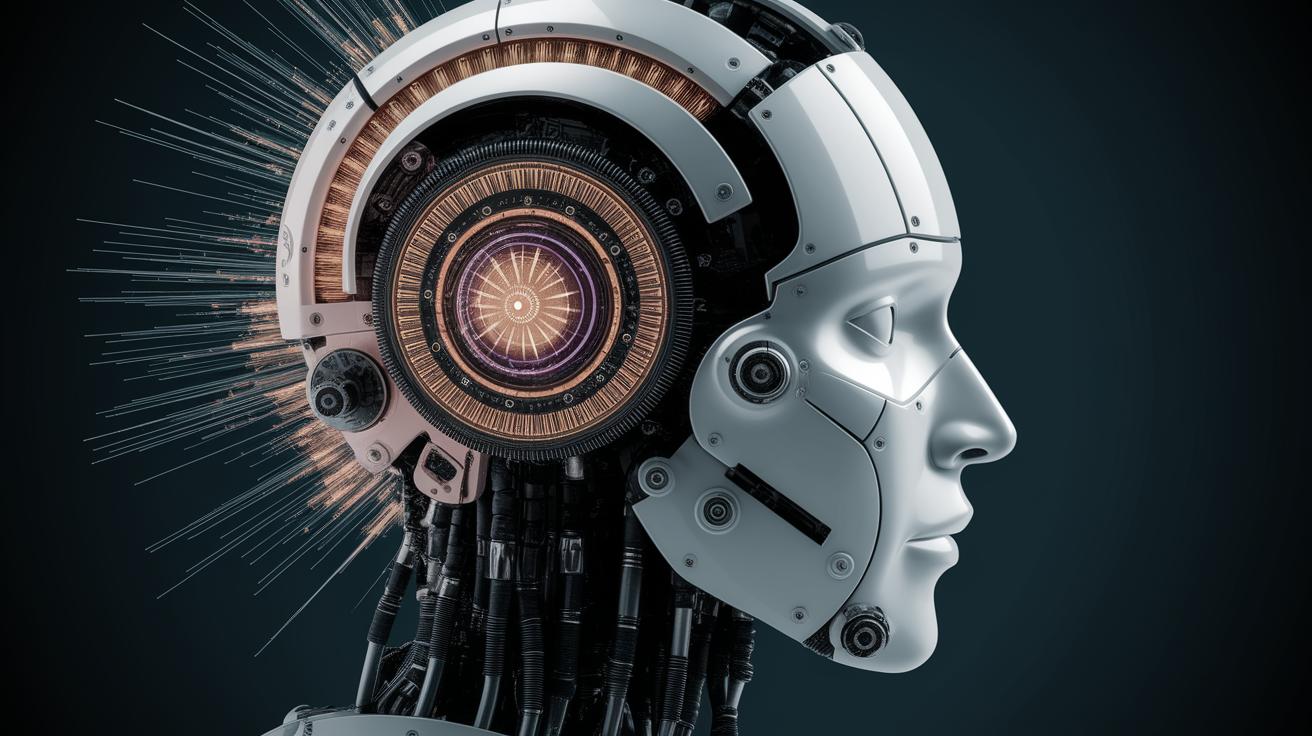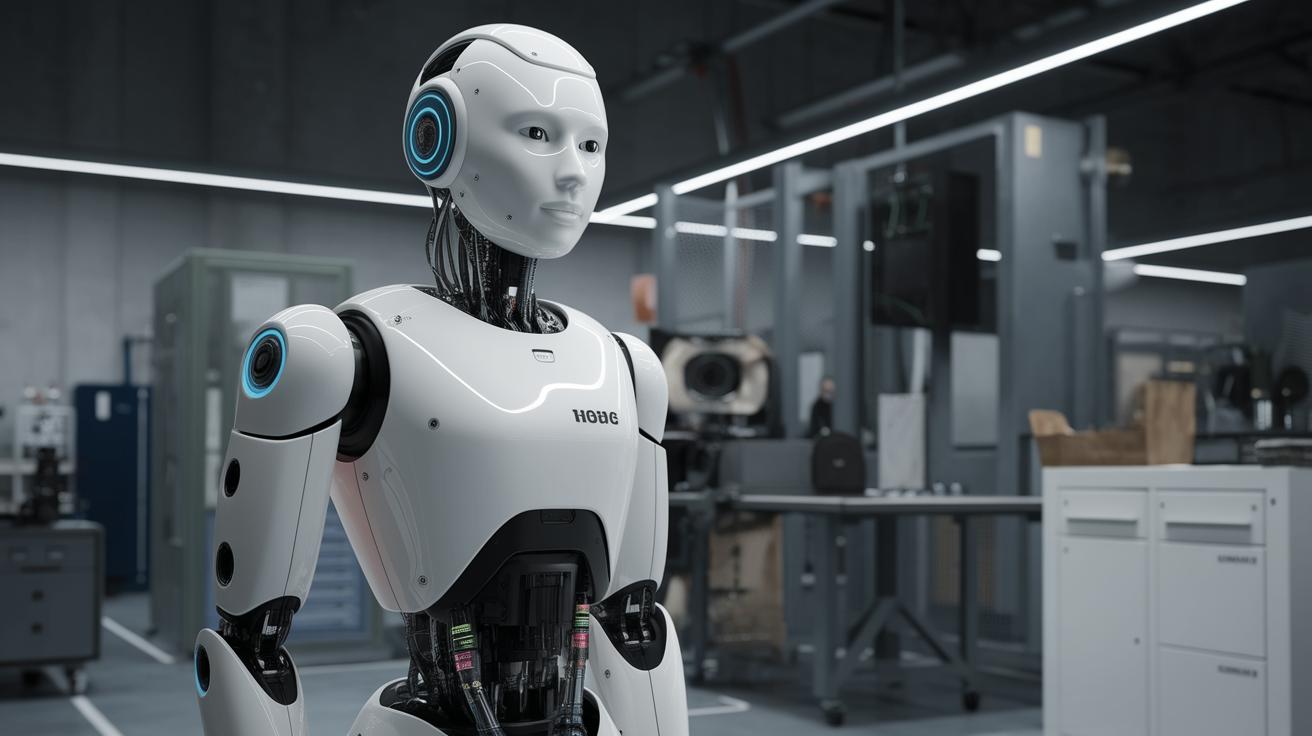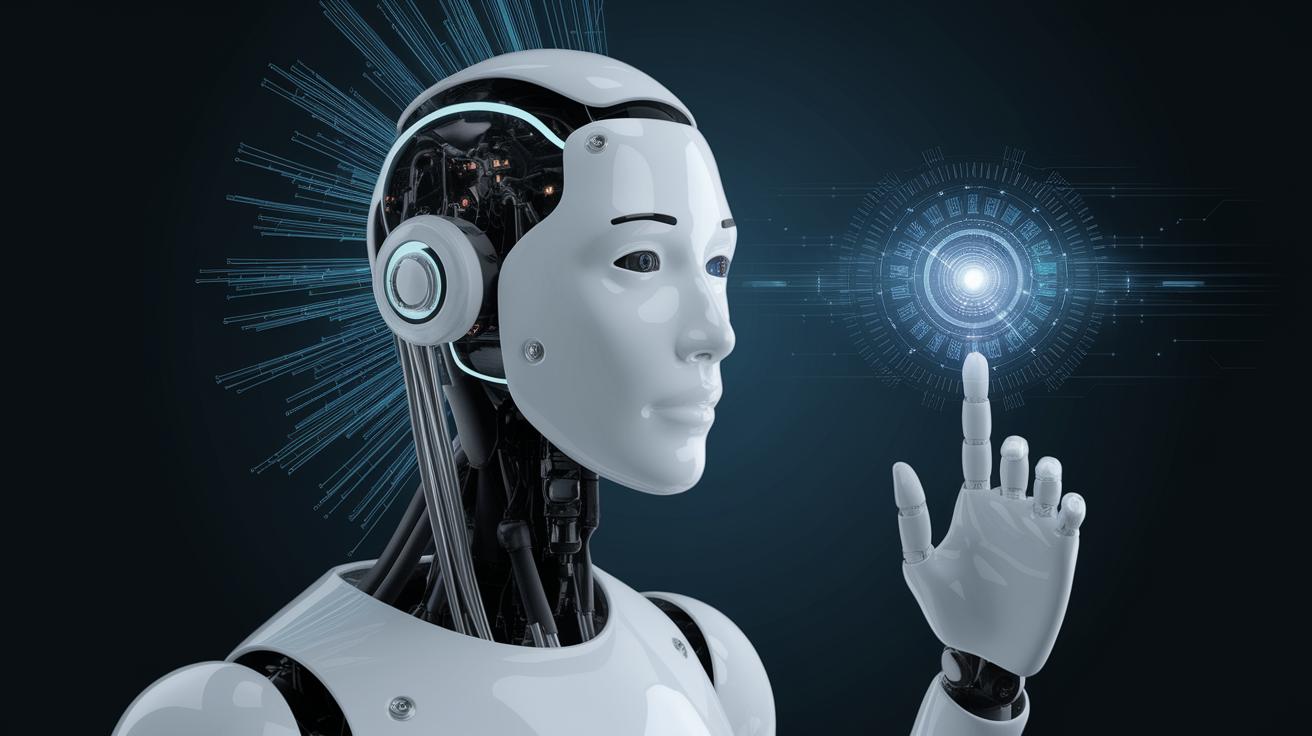Introduction
Artificial Intelligence (AI) is revolutionizing the way we prepare for and respond to natural disasters, bringing a multitude of advanced capabilities to the table. From simulating scenarios to enhance disaster management strategies, predicting monsoons, preventing bushfires, and providing inclusive weather alerts that save lives, AI is at the forefront of disaster mitigation and response. In the cosmos, satellite-enabled AI guides precise wildfire detection while on the ground, AI enhances evacuation processes and assesses post-disaster damage with unparalleled efficiency. Through the innovative use of AI, such as digital twins and machine learning, we can better understand potential risks and mobilize targeted responses to mitigate the devastating effects of natural disasters. This article dives into the specific ways AI is transforming natural disaster responses, addressing current capabilities, challenges, and the lessons we can learn for future safety advancements.
AI advances
AI has ushered in an era of transformation in disaster response, particularly through its ability to analyze vast datasets at speeds unattainable by human efforts alone. Machine learning algorithms can detect patterns and predict outcomes critical for timely intervention. For instance, during hurricanes, AI models analyze meteorological data to forecast storm paths and potential impact zones, enabling more effective evacuation efforts and resource allocation.
Additionally, AI-powered drones and satellite imagery enhance situational awareness. These technologies allow for continuous monitoring of disaster-prone areas, providing real-time data that informs immediate action. By using AI to integrate various sources of information, disaster management teams can respond with greater precision and coordination, ultimately saving lives and reducing the socioeconomic toll of disasters.
Limitations
Despite AI’s promising advances, there are limitations that constrain its full potential. One significant hurdle is the quality and availability of data. For AI models to yield accurate predictions, they require extensive training on comprehensive datasets. In many regions prone to disasters, especially in developing countries, data can be incomplete or outdated, hindering the effectiveness of AI solutions.
Furthermore, ethical considerations must be integrated into AI deployment. Privacy concerns regarding data collection and the risk of algorithmic bias can jeopardize trust in AI systems. Building robust frameworks that address these challenges is essential to maximize AI’s benefits in disaster response while safeguarding human rights.
Simulating risk scenarios with a digital twin
One innovative use of AI in disaster management is the creation of digital twins—virtual replicas of physical entities or systems. These models serve as simulations to test various scenarios and their potential outcomes, without the risk of real-world consequences. AI processes data from past disasters, adapting the digital twin to reflect current real-time conditions and anticipate future risks.
Digital twins have been used to train emergency responders and develop more resilient infrastructures. By understanding potential disaster impacts on cities or specific infrastructure, authorities can refine response plans, optimize resource allocation, and enhance community preparedness.
Improving monsoon predictions with machine learning
Machine learning has significantly enhanced the precision of monsoon forecasts, a critical factor for regions dependent on seasonal rains. With AI-driven insights, meteorologists can now predict the onset, duration, and intensity of monsoons with greater accuracy.
These advancements are particularly vital in agricultural communities, where accurate monsoon predictions can mean the difference between a bountiful harvest and economic hardship. Governments and farmers harness this information to implement adaptive measures, reduce risks, and ensure food security.
Crowdsourcing bushfire prevention with an AI-powered app
An innovative AI-powered application leverages crowdsourcing to prevent bushfires proactively. The app enables users to upload images and report conditions conducive to fires, such as dry vegetation or illegal burns. AI algorithms analyze these submissions, cross-referencing them with environmental data and weather patterns to identify areas susceptible to fires.
This community-driven approach not only enhances early detection and prevention strategies but also fosters public engagement and awareness about bushfire risks. By empowering individuals to contribute directly to disaster prevention efforts, the app transforms the public into active participants in safeguarding communities.
Inclusive weather alerts save lives
AI has democratized access to critical weather information, providing inclusive weather alerts that consider the diverse needs of communities. This includes alerts adapted for various languages and accessible formats for visually and hearing-impaired individuals.
Customized alerts that account for local vulnerabilities, such as flooding in low-lying areas, ensure that all community members receive timely information. By bridging communication gaps, AI-driven systems enhance public readiness and response, reducing the life-threatening impact of natural disasters.
AI in space: cutting-edge wildfire detection
Satellite technology integrated with AI offers a cutting-edge approach to wildfire detection. Satellite sensors capture thermal signatures indicative of fires, while AI models process this data to identify potential wildfires with unprecedented speed and accuracy.
This real-time detection capability allows for early intervention, significantly reducing the ecological damage and loss of life associated with uncontrolled wildfires. By combining space-based monitoring with AI’s predictive power, authorities can more effectively manage fire outbreaks and allocate firefighting resources.
Using AI to enhance evacuation processes
AI systems streamline evacuation procedures during crises, coordinating logistics to ensure safe and efficient relocations. By analyzing population density, road networks, and real-time hazards, AI models guide authorities in optimizing routes and prioritizing evacuations for the most vulnerable areas.
This technology alleviates the chaos often associated with evacuations, directing efforts where they are most needed and ensuring a swift, orderly departure from danger zones. As a result, AI-enhanced evacuations not only safeguard human lives but also build trust in disaster response strategies.
Assessing damage with the support of deep learning
Post-disaster damage assessment has been revolutionized by deep learning algorithms capable of analyzing satellite imagery and drone footage. AI models pinpoint areas of significant damage and quantify the extent, offering rapid insights that facilitate decision-making for emergency relief agencies.
With deep learning, authorities can prioritize the dispatch of aid and resources to the most severely affected regions, accelerating recovery processes. This efficiency reduces the economic impact of disasters and aids in the swift restoration of community and infrastructure stability.
Also featured on
For readers interested in additional perspectives and cases on AI and disaster response, this article is also featured on platforms such as TechNews Innovations and FutureReady World. These platforms delve into technological advancements shaping our future, providing insights into how emerging technologies like AI transform societal resilience against natural adversities.
Lessons Learned
| Aspect | AI Applications | Benefits |
|---|---|---|
| AI Advances | Data analysis, drones, satellite imagery | Enhanced forecasting and situational awareness |
| Limitations | Data quality, ethical concerns | Need for comprehensive datasets and ethical frameworks |
| Simulating Risk Scenarios | Digital twins | Improved response plans and infrastructure safety |
| Monsoon Predictions | Machine learning | Increased agricultural resilience and readiness |
| Bushfire Prevention | AI-powered app, crowdsourcing | Community-driven prevention efforts |
| Inclusive Alerts | Language and format-adapted alerts | Ensures all receive timely information |
| Wildfire Detection | Satellite and AI integration | Real-time, accurate fire detection |
| Evacuation Processes | Logistics optimization | Efficient, safe evacuations |
| Damage Assessment | Deep learning, imagery analysis | Accelerated recovery and relief efforts |


